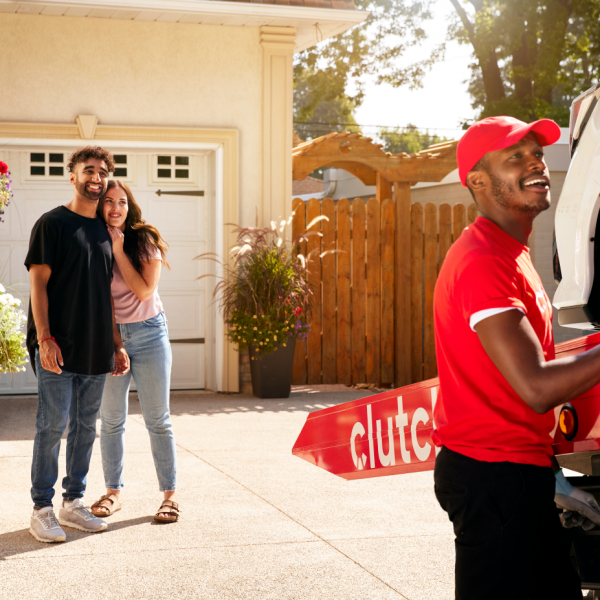
GRASPING THE MILLENNIAL MINDSET
And despite no previous auto-retail experience, the 27-year-old and his partners are in a growing business. Seibel said it’s because his team understands that millennials want to buy vehicles on their own terms.
This consumer is looking for an “Amazon-type” experience that’s easy and straightforward, he said.
‘THEY COME IN READY’
Millennials “do most of their legwork” online, where they learn as much as they can about the vehicle, including reviews from owners. Only then do they go into a dealership to complete a transaction, Ivanova said.
“That’s totally true,” said Susan Gubasta, CEO of Mississauga Toyota and former president of the Trillium Automobile Dealers Association in Ontario. “They come in ready.”
Many dealerships tell Gubasta that sales staff have had their “come to Jesus” moment when they realize they have to deal with millennials in the way the buyer wants to be treated, she said. That includes being armed with information and having cars ready to go when a millennial steps into the dealership. These buyers hate wasting time.
“It’s how we shop,” Gubasta said. “That whole online experience.”
LESSONS FROM U.S.
When Seibel and his team were designing clutch.ca, they looked at several U.S. online-only sites, including Carvana, Vroom, Shift and Fair. The lesson he took from them was heightened customer experience.
Applying those lessons “has allowed us to gain market share and traction much faster than we anticipated,” he said.
Seibel would not disclose total units sold.
Potential buyers can search for a vehicle on clutch.ca and view condition reports and photographs. The listing includes a “no haggle” price, biweekly financing, sales tax, Clutch’s service fee and a price analysis from CarGurus, a U.S.based research and shopping website that compares local listings for used and new cars.
Buyers can then apply for financing, put a hold on the car or book a test drive by clicking. Clutch brings the car to the potential buyer.
Dealerships can benefit from adapting to millennials’ shopping habits, said Madison Gross, director of consumer insights at CarGurus.


